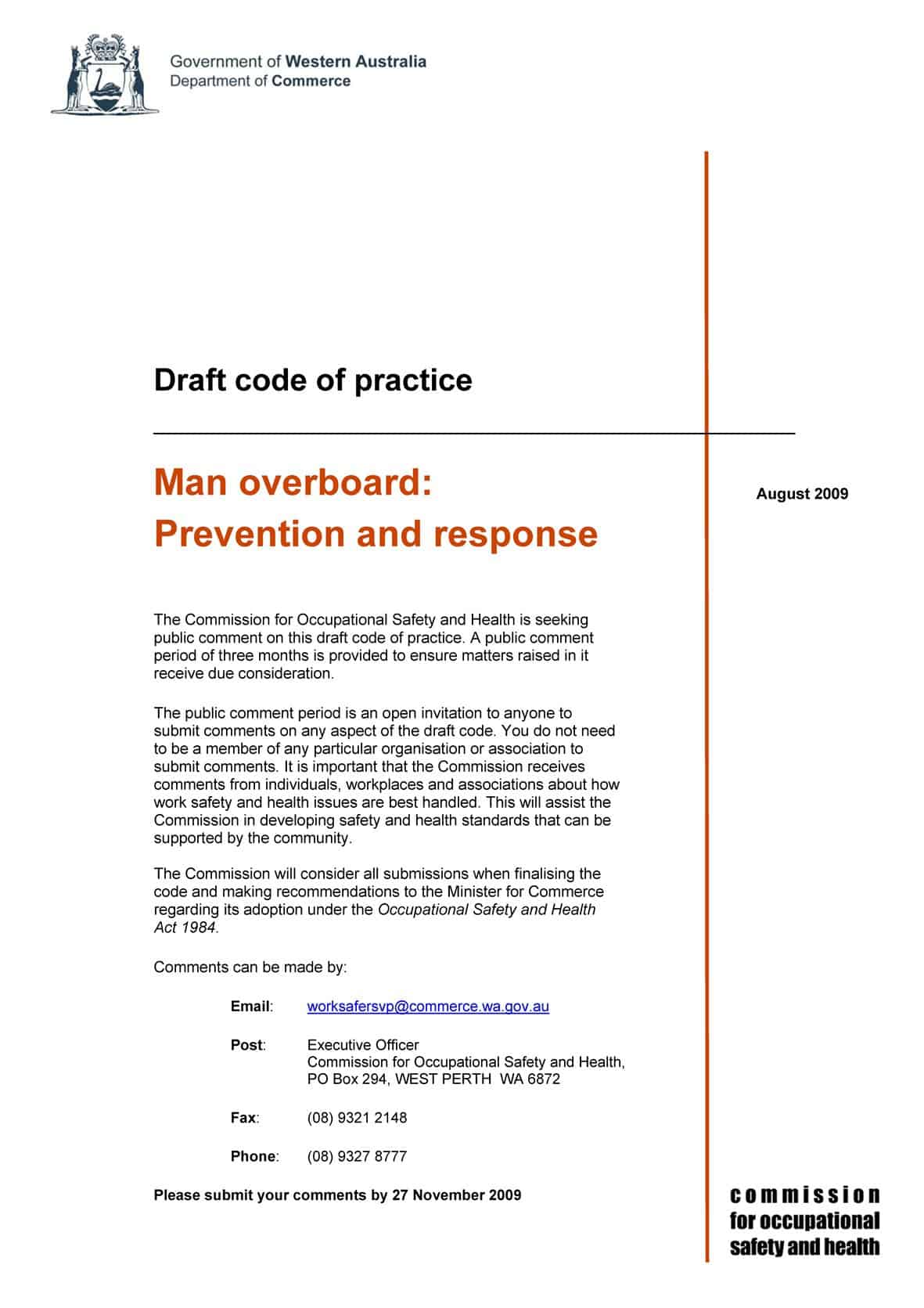WorkHealth has released some data on the results of its first wave of free health checks (not yet available online)
“Recent results from tests of 3500 workers conducted as part of the ….WorkHealth program found more than half were overweight and/or had high blood pressure while a quarter had high levels of blood cholesterol.”
These figures are not as “surprising” as WorkHealth makes out as the health check program is free to all workers in the State of Victoria and is likely to be the first time that many of the workers would have undergone such checks. Indeed, WorkHealth acknowledges this fact for its blue-collar male workers.
The data is summarised by WorkHealth below:
- Male workers were more likely to have high blood pressure;
- Female workers were more likely to have higher levels of cholesterol in their blood;
- The majority tested eat less than the recommended five serves of vegetables each day; and
- The majority of people tested eat at least two pieces of fruit each day.
A health profile of the general Australian population from 2008 found the following statistics, amongst others:
Coronary heart disease is the largest single contributor to the burden of disease in Australia, followed by anxiety and depression.
Cardiovascular diseases, cancers and respiratory diseases remain the leading causes of death overall. However, injury is by far the most common cause of death in the first half of life.
Many Australians live with long-term health conditions. Most of these conditions are not major causes of death, but they are common causes of disability and reduced quality of life.
WorkHealth may be a turning point in the health management for some of the participants, and even if this is a tiny minority, the WorkHealth program could be claimed as a success.
Now if we could only do more about the smoking, dust, fumes, forklifts, sedentary work, fatigues, shiftwork, depression, stress, alcoholism and anxiety…..

 Kathleen’s career may have progressed (as probably has her tan) but the hazards and control solutions that we discussed in 2001, sadly remain relevant. I have reproduced some of the interview I conducted with Kathleen in those early days when no-lift policies were radical and patient-handling equipment was expensive and rare.
Kathleen’s career may have progressed (as probably has her tan) but the hazards and control solutions that we discussed in 2001, sadly remain relevant. I have reproduced some of the interview I conducted with Kathleen in those early days when no-lift policies were radical and patient-handling equipment was expensive and rare.

